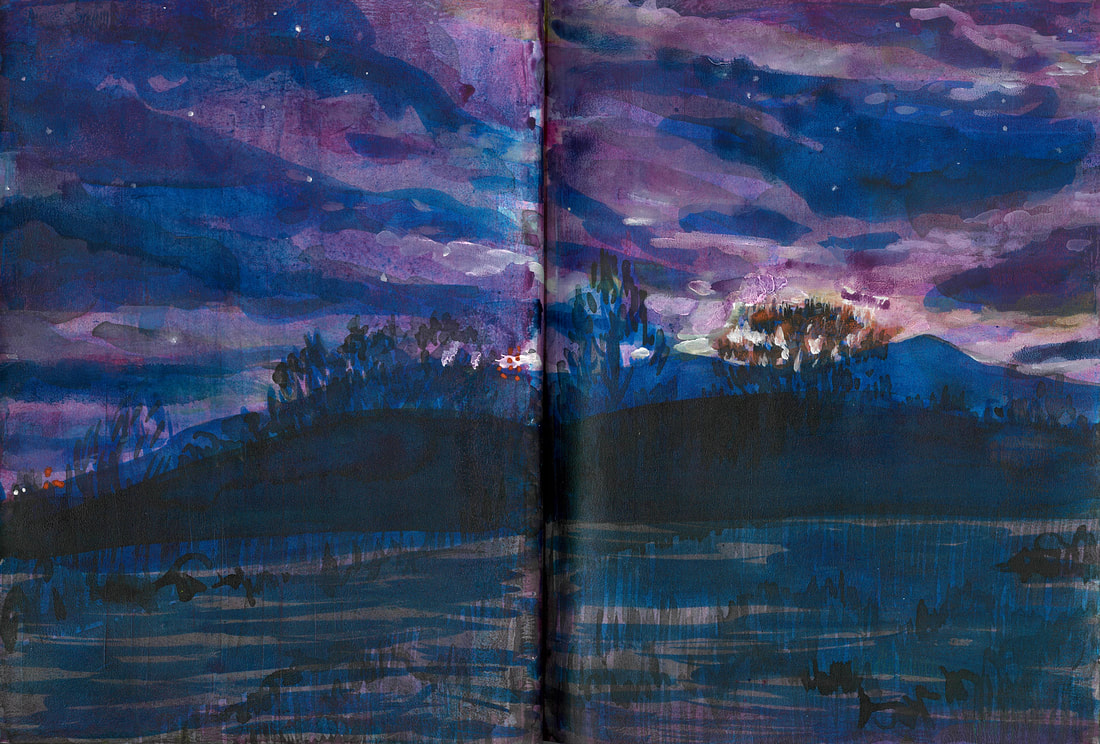After I graduated high school, I took a month-long 27 State road trip with four friends. I wrote this series about it when I was in college, and only a few years after this trip took place. That was almost exactly half a lifetime ago for me. I'm retracing many of these steps, so I thought I'd share it again while I do the boring stuff like work on a commission at the local public library in Ft. Myers.
|
Addison GreenThe day-to-days of an Itinerant Illustrator Archives
May 2024
Categories |

 RSS Feed
RSS Feed